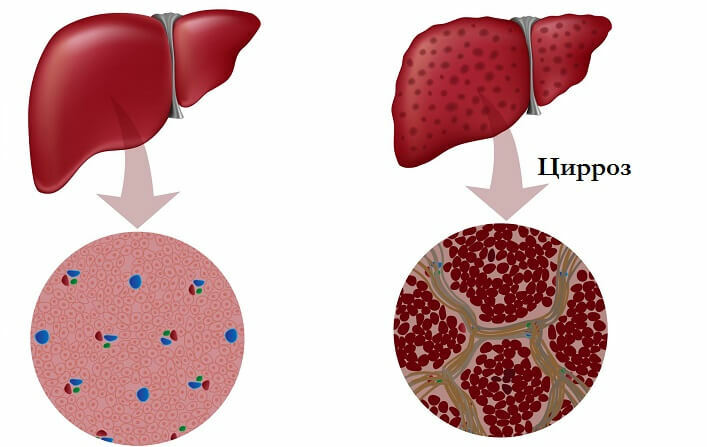Symptoms of duodenal ulcer

Duodenal ulcer is a chronic and recurrent disease manifested as a defect( ulcer) in the walls of the duodenum. Duodenal ulcer has a propensity to progress, the stomach and other organs of the digestive system may be involved in the pathological process, and complications that threaten the life of the patient( bleeding, organ rupture) are possible.
Symptoms of duodenal ulcer
In peptic ulcer pain can be early, late, and also hungry and nocturnal. Early pain in duodenal ulcer occurs in the stomach about an hour after eating. The pain gradually increases, as the concentration of hydrochloric acid in the stomach increases. After a certain time, food from the stomach gradually moves to the duodenum and pain sensations gradually decrease, as the acidity of the contents of the stomach falls.
Late pain in duodenal ulcer occurs approximately two hours after ingestion in the abdomen. There are sharp and aching pains. Also, such pain is characteristic of chronic pancreatitis.
Night and hungry pains in the abdominal region occur exclusively with duodenal ulcer.
Hungry pains usually appear 5-6 hours after eating. They cease or decrease after the patient has eaten something or at least drinks milk. The patient's night pains, as a rule, disturb at night.
Another fairly common symptom of duodenal ulcer is heartburn. As a rule, this sensation of burning behind the chest and in the neck. Usually heartburn occurs in humans due to ingestion of the stomach contents through the lower aperture of the esophagus into the esophagus itself. Sometimes heartburn may be the first, also the only symptom of peptic ulcer. Often, heartburn occurs with pain, but in some patients it may not be associated with eating. Quite often in patients with duodenal ulcers eructations arise. In most cases, it has a sour taste, due to the high acidity of the gastric contents.
During exacerbation of peptic ulcer, patients experience nausea. Most often, nausea occurs with ulcers of the duodenum, a little less often with ulcers of the stomach. In most cases, vomiting occurs at the height of pain. The vomit masses themselves represent partially digested food in the stomach. After a vomiting the patient, as a rule, feels relief, pains decrease.
During an exacerbation of the ulcerative process, patients may experience significant weight loss. Outside the exacerbation of duodenal ulcers, a person's appetite is usually normal, maybe even heightened. Among patients with duodenal ulcers, obesity is rare. About half of the patients complain of constipation. Constipation caused may be a concomitant violation of the motor functions of the intestine, as well as the use of antacid medications.
Duodenal ulcer is characterized by phase flow. The phase of the exacerbation of the disease lasts from one week to two months, after which it is replaced by a phase of remission. During remission, people can feel healthy. In addition, the ulcer is seasonal. This means that the ulcerative process in the duodenum is most often exacerbated in the spring and autumn. In some patients( about 10%), ulcers can be combined. Initially, they have a duodenal ulcer, and a few years later develops a stomach ulcer. Also in some patients, multiple duodenal ulcers are found.
Symptoms of this disease are flatulence - a response to an increase in the body's acidity.
In the absence of necessary treatment in patients, chronic vomiting with blood begins. Also, blood can be detected in the patient's stool. This all indicates the onset of internal bleeding, and it can cause even a fatal outcome of the disease.
In some cases, the course of duodenal ulcers may be asymptomatic. It is in this latent form that old patients often suffer the disease.
In general, it should be noted that patients with a duodenal ulcer may have a variety of clinical manifestations, so be sure to relate the symptoms to the results of diagnosis.



